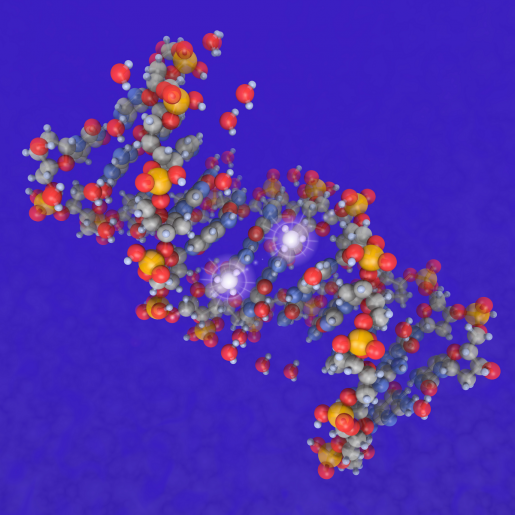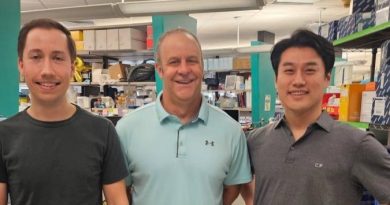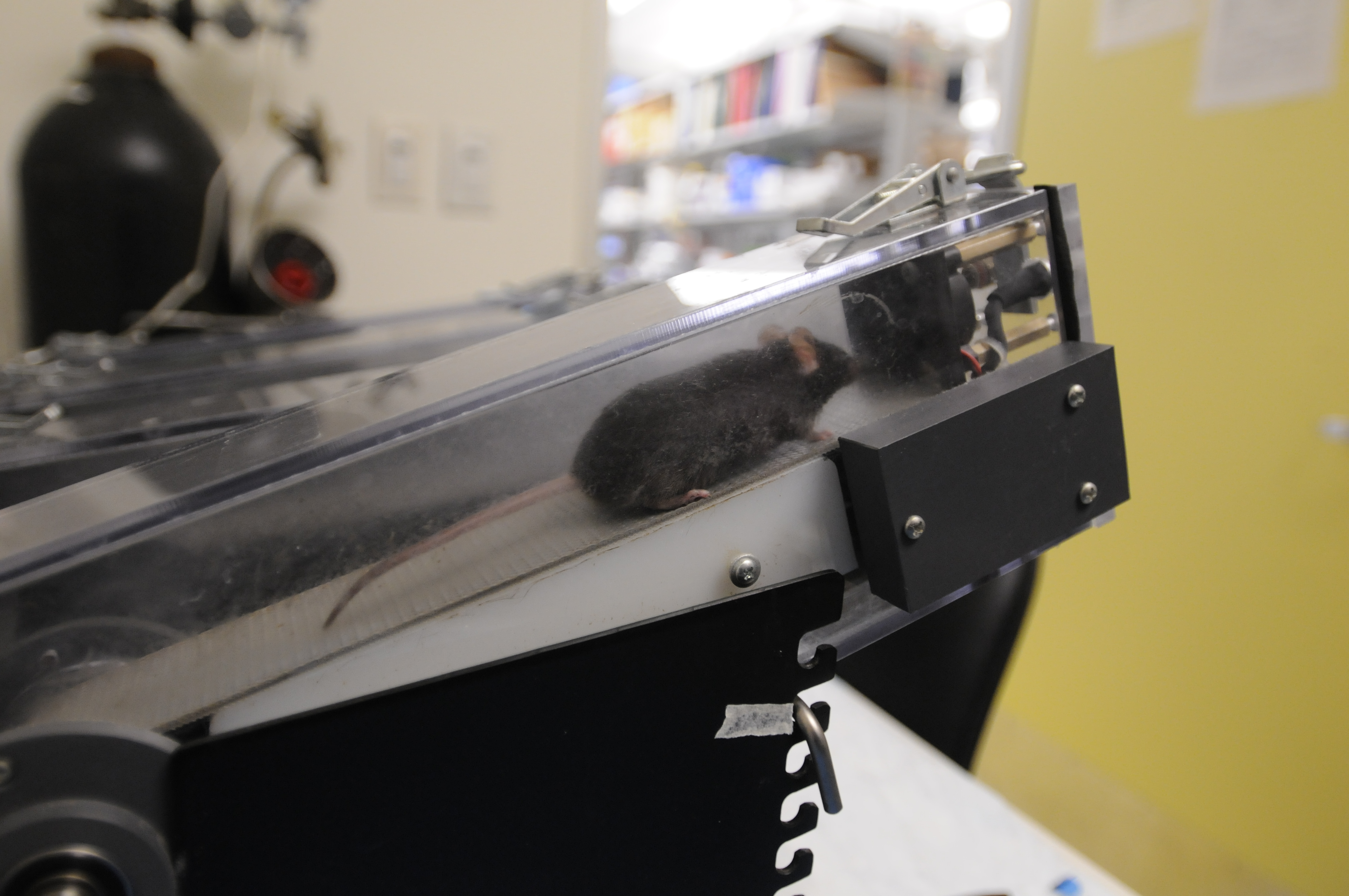Rearranging genomic structure rewires gene control in cancer
Widespread DNA damage is common in the cancer genome. Understanding the mechanisms that lead to it is of great interest to cancer physicians and scientists because it can help understand how cancer happens and may lead to improved treatments and diagnosis. Genomic structural variation is one of such mechanisms and at Baylor College of Medicine Dr. Chad Creighton and his colleagues looked close into how altering the structure of the genome affects gene control in human cancer.

“Genomic structural variations occur when a piece of DNA that is in one part of the genome is moved to another part of the genome, which shows up as a breakpoint in the sequence. Therefore, when sequencing a DNA segment, one may find two pieces of DNA from other regions fused together, which disrupts the original genetic instructions encoded in DNA,” said Creighton, associate professor of medicine and co-director of Cancer Bioinformatics of the Dan L Duncan Comprehensive Cancer Center at Baylor College of Medicine.

In this study, Creighton and his colleagues looked at the effect genomic structural variation has on both DNA methylation and gene expression in human cancers. They analyzed data from two different large science consortiums, the Cancer Genome Atlas and the Pancancer Analysis of Whole Genomes. These data include molecular alterations across the entire genome; that is on both protein-coding genes and on their regulatory regions, for thousands of cancers. The datasets include the same information from non-cancerous tissues for comparison.
Working with so many patient samples gave more statistical power to the researchers’ analyses and enabled them to find new genes that might be involved in cancer. “This time we had more cases and deeper sequencing than what was previously available,” Creighton said.
An epigenetic connection
In the first part of the study, the researchers discovered that genomic structural variations played a major role in altering DNA methylation in a sizable fraction of cancers. DNA methylation is one way to control gene expression; it’s part of the epigenome. The epigenome refers to all the chemical modifications to DNA and associated proteins that regulate the expression of genes within the genome.
“Methylation changes were happening in a non-random way across multiple cancer types,” Creighton said. “Some of these genes were known before to be linked to cancer, but we also identified genes that were not previously associated with this condition. Some genes may be directly involved in the disease, others might be ‘passengers.’”
Overall, structural variation was associated with a global decrease in DNA methylation.
“We know that in cancer the epigenome is altered. In the current study, we found that structural variation is one important mechanism that is altering the epigenome. This was not appreciated before,” Creighton said. “We think this may be one of the first surveys of cancer genomics that shows where these changes in DNA methylation happen and in what types of cancer.”
Genomic structural variation varies among cancers
In the second part of the study, the researchers found that there is variability across cancers in terms of the amount of structural variation present within a given cancer. Some cancers may not be heavily altered while others have widespread structural variation. These findings enabled the researchers to stratify cancers in terms of how much structural variation they have.
This and other analyses told the researchers a lot about what is going on in these cancers. For instance, Creighton and his colleagues found that cancers that have a high level of DNA alterations also tended to have a decrease in immune cell infiltration. This finding may have implications for cancer immunotherapy.
“We think that our study is unique in the sense that we found that structural variation plays a major role not only in introducing mistakes in DNA sequences but also affecting DNA at the epigenetic level,” Creighton said. “We propose that the effect of structural variation on DNA methylation is something to consider when looking for the genetic causes of a cancer.”
Find all the details of this study in the journal Genome Biology.
Other contributors to this work include Yiqun Zhang, Lixing Yang, Melanie Kucherlapati, Angela Hadjipanayis, Angeliki Pantazi, Christopher A. Bristow, Eunjung Alice Lee, Harshad S. Mahadeshwar, Jiabin Tang, Jianhua Zhang, Sahil Seth, Semin Lee, Xiaojia Ren, Xingzhi Song, Huandong Sun, Jonathan Seidman, Lovelace J. Luquette, Ruibin Xi, Lynda Chin, Alexei Protopopov, Peter J. Park and Raju Kucherlapati. The authors are affiliated with one or more of the following institutions: Baylor College of Medicine, Harvard Medical School, Brigham and Women’s Hospital, The University of Chicago, University of Lethbridge, The University of Texas MD Anderson Cancer Center, The Eli and Edythe L. Broad Institute and Boston Children’s Hospital.
This work was supported by National Institutes of Health grants P30CA125123, U24CA143845 and U24CA144025.



